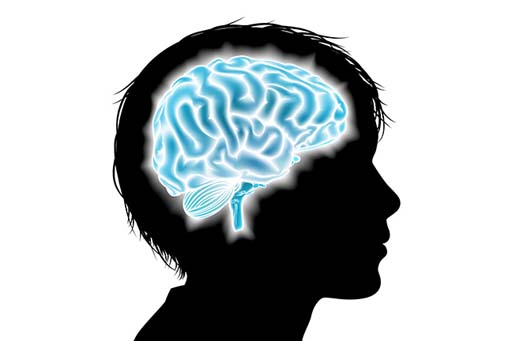2 Brain development in a hyper-tech world

In the face of the barrage of technology-induced stimulation, and new ways of learning and communicating, a common question from parents, educators and scientists is ‘how is this affecting young brains?’
In Week 1, you were introduced to the idea of a ‘digital native’ (Prensky, 2001) and this was linked to the view of neuroscientists that brains can, and do, change constantly with new input throughout our lives, which is a process called neuroplasticity.
A central discovery of neuroscience is that the brain continues to develop its ‘wiring diagram’ well into a person’s twenties at least. The frontal lobes, regions critical to high-level cognitive skills such as judgement, multitasking, executive control and emotional regulation, are the last to develop fully.
It might be useful to revisit those suggestions again and consider whether children’s brains are changing as a result of their engagement with technology, especially video games.
